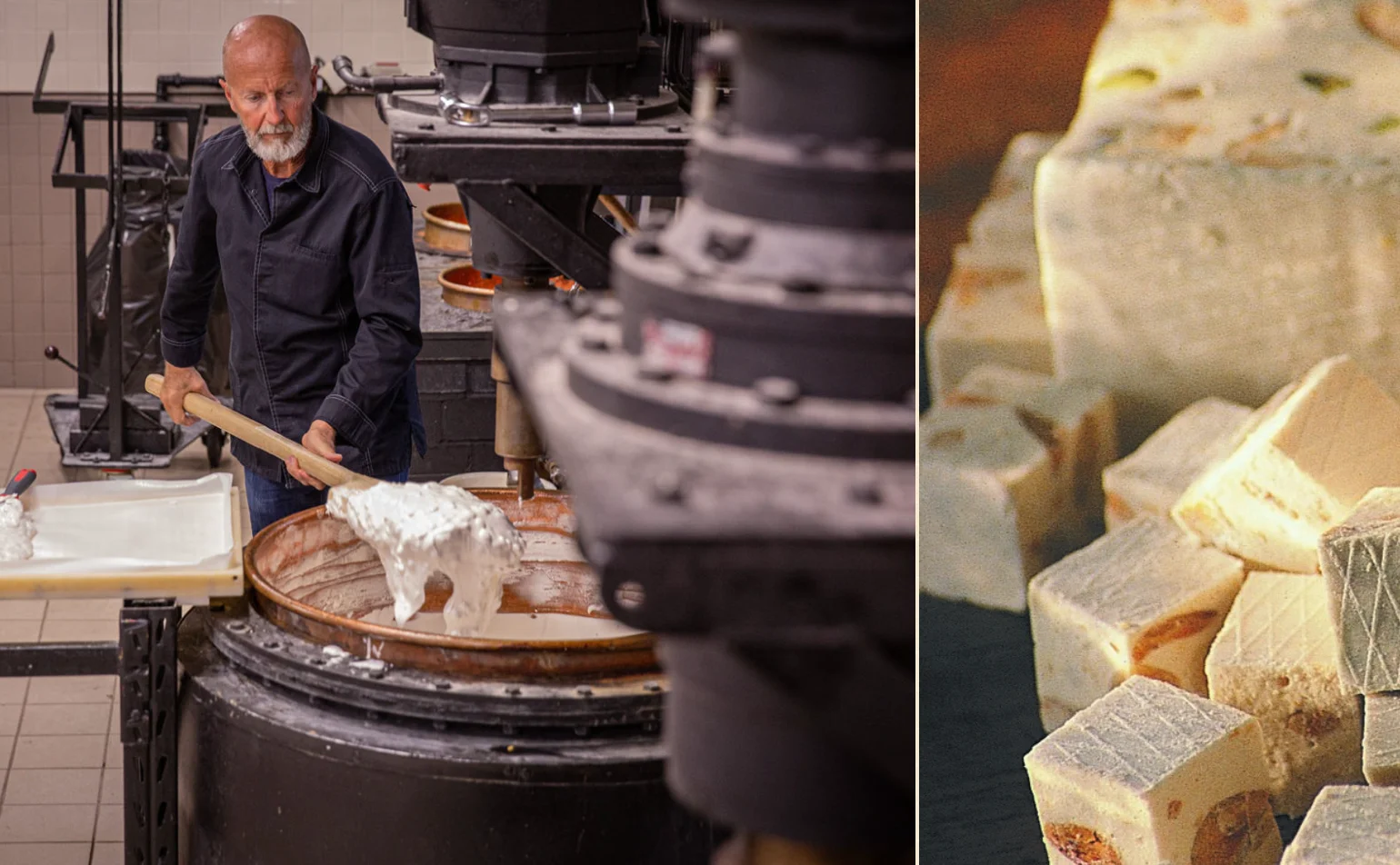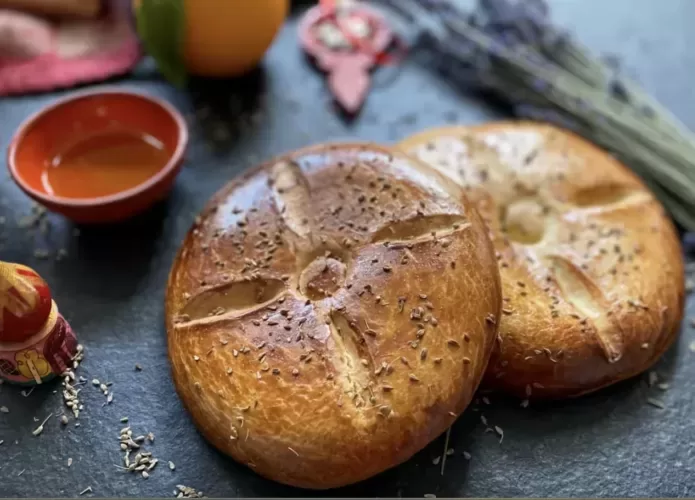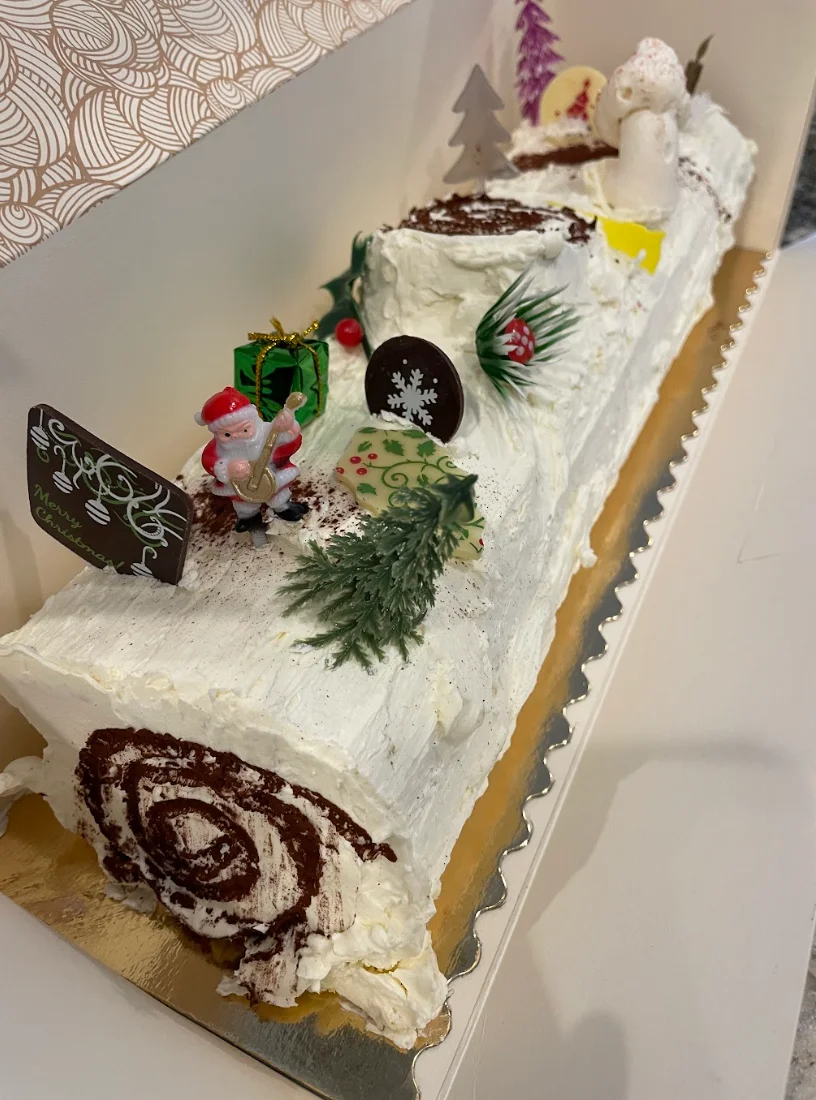How to add Joie de Vivre to your Holidays: Provencal tradition, 13 desserts & nativity scenes
Each time I arrive in France, I feel like I am coming home. I didn’t grow up there, and although I’m half French, most of my ancestors left the Motherland during the reign of Louis XIV! Yet France seems chez moi, so it is important to me to incorporate the culture during the holiday seasons. I miss everything about France when I’m back home, so I try to ‘Frenchify’ my American life whenever I can.
On Bastille Day, I proudly display my bleu, blanc et rouge, and when Christmas rolls around, I dig deep into my heritage and share some of the lovely French traditions with my family and friends. Whether you have French blood coursing through your veins or simply adore the language, culture, and country, here are some ideas to bring joie de vivre to your holidays.
Les 13 Desserts – Is this the best holiday custom? Les treize desserts de Noël provençaux
Why have one dessert when you can have THIRTEEN? / TREIZE ? This beloved holiday custom is known throughout Provence, although there are some variations between towns and families. (Each believing their way is correct, or the best, bien sûr).
The tradition is steeped in religious symbolism, the 13 desserts honoring the number of people around the table at the Last Supper – Jesus and his 12 Disciples. These desserts, really small bites, are placed at the table on Christmas Eve and remain there for three days so guests have a chance to sample each one.
On the practical side, it is quite handy to have a prepared buffet for all of the friends and extended family who pops by during the holidays. I start a few days before Christmas and keep the table replenished until the last visitors are gone. Before you panic about preparing more than a dozen lavish desserts during the busiest time of the year, take a look at the modest list…
Provencal tradition 13 desserts – What are they?
Here are the 13 desserts. The first four are known as the “four beggars” (les quatre mendiants), representing the four monastic orders.
- Raisins (Dominicans)
- Walnuts or Hazelnuts (Augustinians)
- Dried Figs (Franciscans)
- Almonds (Carmelites)
- Dates (symbolizing the gifts offered by the three Wise Men coming from the Orient)
- Calissons d’Aix – candy made with almond paste, melon, and candied orange peel
- Nougat Blanc (white nougat with pistachios, honey, almonds, and egg whites) representing “good”
- Nougat Noir (black nougat, without egg whites) represents “evil”
- Pompe à l’huile – a brioche-like bread with orange water and olive oil representing the breaking of bread at the Last Supper
- Oranges (clementines or tangerines)
- Quince paste
- Winter Melon (or other fruit)
- Bûche de Noël (Yule log) or Oreillettes (thin, light waffles)
Specialties: Provencal tradition 13 desserts
Calissons d’Aix
This iconic confection from Aix-en-Provence is unique. The ground almonds, melon, and candied orange peel make a sweet almond paste, which is placed on the thinest sheet of potato ( I promise you, you don’t taste the potato) and topped with a thin glaze of royal icing which gives it a pleasing crunch.
My passion for traditional regional specialties has led me to la Maison Léonard Parli to discover the history and savoir-faire, plus, I got to try icing a few myself!
La Maison Léonard Parli has a rich tradition, beginning in 1874, but the history of the calisson in Aix dates back to 1457 when King René and his wife Jeanne de Laval moved to Provence. Only three years into their arranged marriage, the queen, 24 years younger than the King, always seemed sad, so the King asked his Italian chef to prepare a special dessert for his bride. He modified an Italian recipe to create this confection, which made the queen smile. She called them “little hugs” or “di calin soun” in Provençal. Pretty sweet!
Nougat

Growing up with American candy bars, I thought I knew what nougat was. I was wrong. Made with honey, almonds, pistachios, egg whites, and sugar, you simply have to try it.
Originally from Asia Minor, this sweet was brought to Marseille by the Greeks. The recipe traveled up the Rhône River to Montélimar, where pastry chefs replaced the walnuts with almonds and added egg whites.
For over 200 years Arnaud Soubeyran has been making this confection in copper cauldrons over a bain-marie. Although you can find nougat throughout Provence, it is worth a trip to Arnaud Soubeyran, as they have a museum, shop, and tea room.
La Pompe à l’huile

While it is possible to find calissons and nougats from specialty shops or online, it is harder to find Pompe à l’huile, so you may need to make this yourself. For multi-taskers like me, make the dough, then plan a six-hour gift-wrapping marathon while it rises!
Recipe
500 g flour
30g yeast
100g sugar
½ tsp salt
3 tbsp orange flower water (use more or less depending on your taste)
125ml olive oil
1 lemon zest
1 orange zest
Prepare the leaven and dough
Dilute the yeast in warm water with ½ tsp sugar and let stand for 15 minutes.
Put the flour and sugar in another bowl.
Add oil, orange flower water, and the zest and mix.
Add the yeast. Knead well.
Roll the dough into a ball, put it into a bowl covered by a dishcloth, and let it rise for 6 hours in a warm place.
Preheat the oven to 180°C, 550°F.
Divide the pastry into two parts and roll each out into two discs 1 cm thick.
Using a knife, make incisions on the surface of the pastry disk.
Brush with egg yolk.
Bake for 15 minutes or until golden and the size has increased.
Makes 2 cakes
Bûche de Noël

The tradition of the yule log dates back to medieval France, when peasants had to bring a large piece of wood to the feudal lord’s manor house as a sort of tax.
Later, they began bringing the wood to their own houses to light the dark winter solstice.
It’s a bit fuzzy how it evolved into a cake, but I’m not upset about the change! If you crumble at the thought of rolling a genoise cake, fear not, most cities have bakeries that will prepare one for you. Let’s make baking next year’s goal!
La Crèche
I am constantly trying to wrap up France and bring it home with me in a suitcase. About 15 years ago, while in the heart of Provence, where santonniers handcraft miniatures of each townsperson and animal to bear witness at the birth of baby Jesus in the crèche (nativity scene), I decided to start a collection of my own.
Provençaux, faisons donc la crèche: c’est la plus belle de nos traditions provençales” – R. P. Vial
The tradition of la crèche in Provence, and particularly in Marseille, dates back to the 17th century. There are “church” nativity scenes featuring larger figures, as well as the ones made up of smaller figurines that families put in their homes.
Santons: starting your collection
If you do start your santon collection in France, be sure to note the size of your figurines. They can vary from 4-5 cm to 10-12 cm! Your 8cm baker may feel a bit sheepish around a 12 cm farmer! My santons measure 7 cm.
I started my collection in the small village of Séguret, near Vaison-la-Romaine.
I agonized over which pieces to get, but decided to start with the Sainte Famille and stable. Every year I add on – a few more villagers, (there is everything from the butcher, the baker, and the candlestick maker!), a few animals (I can’t get enough sheep and goats!) And some buildings and landscape pieces – a fountain, a bridge … even a pétanque court!
I love everything about this tradition, and it gives me such joy to unwrap each tiny treasure and reassemble the scene for the season.
The Christmas markets in Provence have an overwhelming amount of santons to choose from, but even if you are not there during December you can still find shops that sell them.
Not sure how to set it up? There are no hard and fast rules – just let your creativity flow! You can also find inspiration at one of the santon museums in Les Baux-de-Provence, Fontaine de Vaucluse, or Marseille.
Wishing you and yours un très Joyeux Noël
Are you familiar with the Provencal tradition of 13 desserts? Please share your experiences below.
Image credits:
1. 13 desserts via Vanessa Cuisine Website
2. Calisson d’Aix via la Maison Léonard Parli website
3. Nougat via Arnaud Soubeyran website
4. Pompe à l’huile by Rosa Jackson via The guardian.com
5. Bûche de Noël by Traci Parent
6. Santons via Pickpic.com
7. 13 Desserts via Venessa Cuisine website








